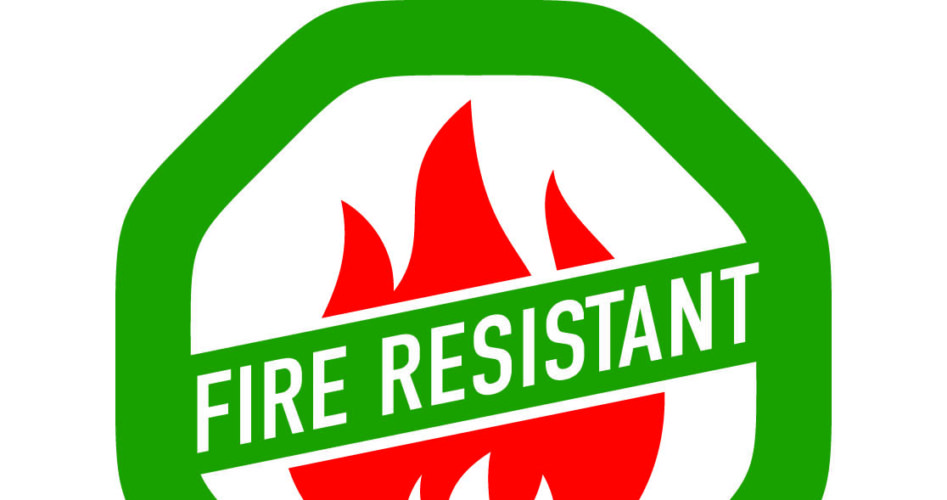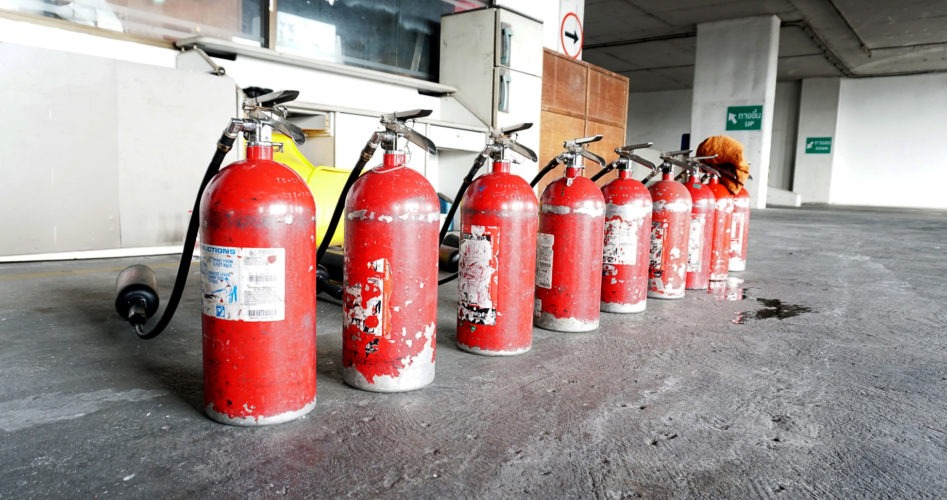Fire Resistant Clothing: What Is It and Should You Be Wearing It?
It’s early in the morning. Work orders have been given. You’ve been assigned to a region who is experiencing a power outage.
It’s going to be a long day.
But, that’s the least of your worries. You will be outside in the elements dealing with high occupational risks. Are you prepared?
Do you work around electricity, high temperatures, or hot gases? If so, you need to know about fire resistant clothing. What is it and should you be wearing it?
Know Your Occupational Risks
The first step to staying safe in the workplace is knowing your occupational risks. Are you working around fire hazards or high-voltage materials? If so, you need fire resistant clothing.
Electric arcs, high temperatures, hot gasses, and intense pressure are just a few of the hazards a worker can be exposed to daily. This is where FR clothing comes in.
In order for a garment to be considered flame resistant, it must:
- Not melt onto the skin
- Resists ignition
- Provide thermal insulation
- Resist breaking open
- Reduce burns
- Increase the chances of survival
Unfortunately, wearing fire resistant clothing won’t prevent injuries, but it will help reduce the severity of the injuries and allow for escape time.
What Makes Fire Resistant Clothing Fire Resistant?
First, let’s talk about what fire resistant clothing isn’t. Fire resistant clothing is not made of any synthetic material such as acetate, nylon, polyester, or rayon. Basically, any of your athletic wear wouldn’t make the cut as fire resistant clothing. These types of materials can melt into your skin causing the injuries to be even worse.
Clothing made of 100% cotton or 100% wool is usually acceptable if it has the right weight.
Not sure where to look? Companies such as froutlet.com have 100% cotton FR clothing that exceeds any industry guidelines and will provide the best protection.
There are different ratings that are applied to fire resistant clothing. These ratings are based on the protection provided. If the garment you are using is insufficient to your needs, there will be negative consequences.
On the other hand, if you are wearing fire resistant clothing that is rated higher than your needs, then you can be uncomfortable and spend more money than needed.
How to Implement Fire Resistant Clothing
If you have a job that exposes you to high risks, you will need a plan to implement fire resistant clothing into your workplace.
First, determine the level of protection needed. Then find the right clothing that fits both the protection and comfort levels needed to be effective on the job.
Second, Ask your employer if clothing is available. If employees are required to buy certain garments, the employer may offer them. Or find an industrial laundering company who will rent them out.
Safety First
The main reason for fire resistant clothing is to keep everyone safe in the workplace. It’s impossible to know when an accident will happen, so make it a habit to wear fire resistant clothing and know how to properly use a fire extinguisher.
We’re here to give you all the tips you need to be successful and safe.

